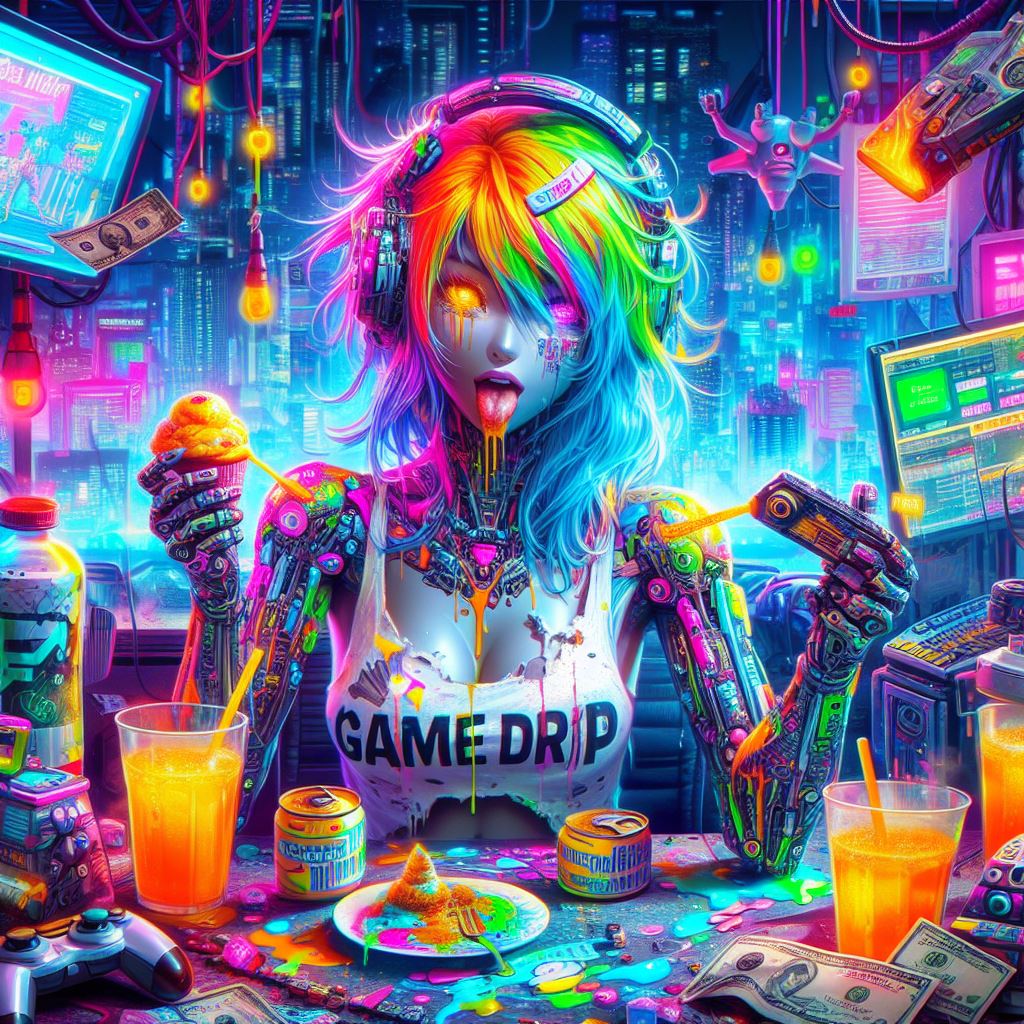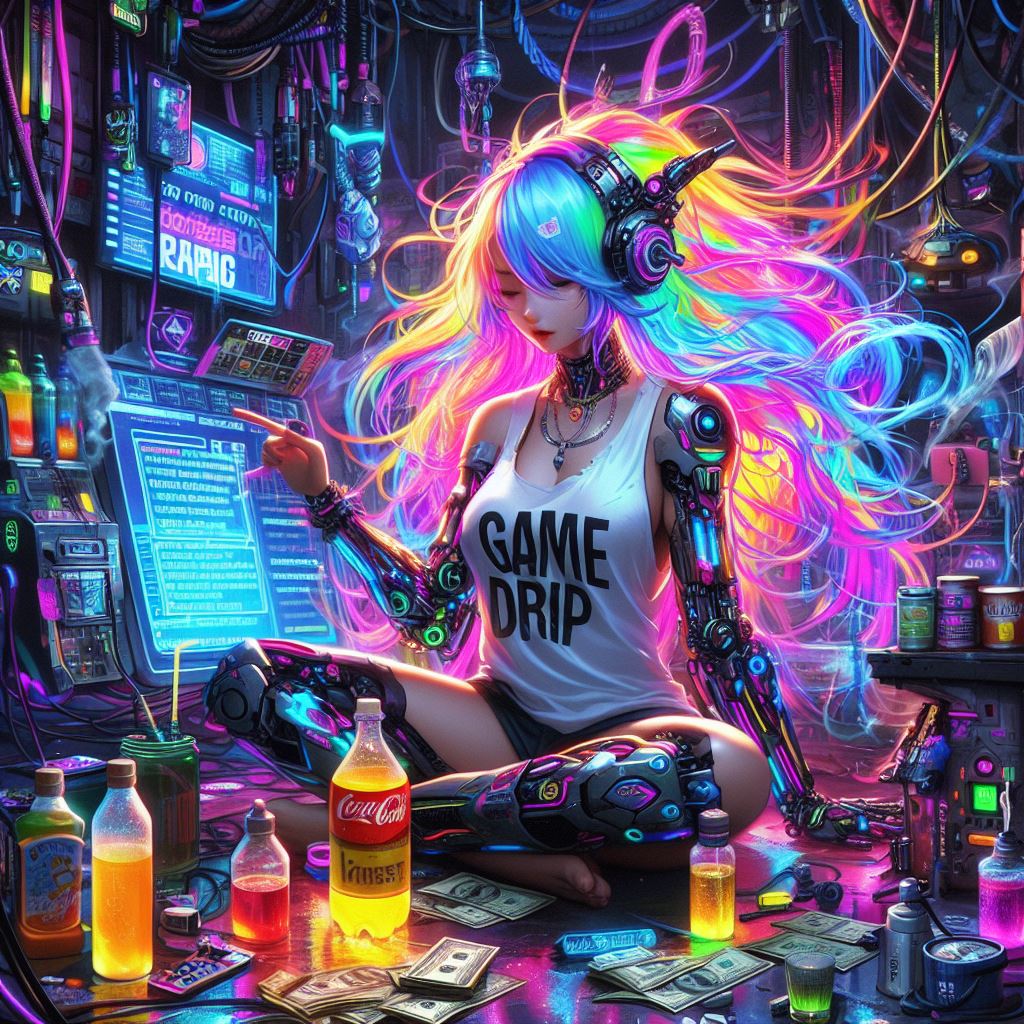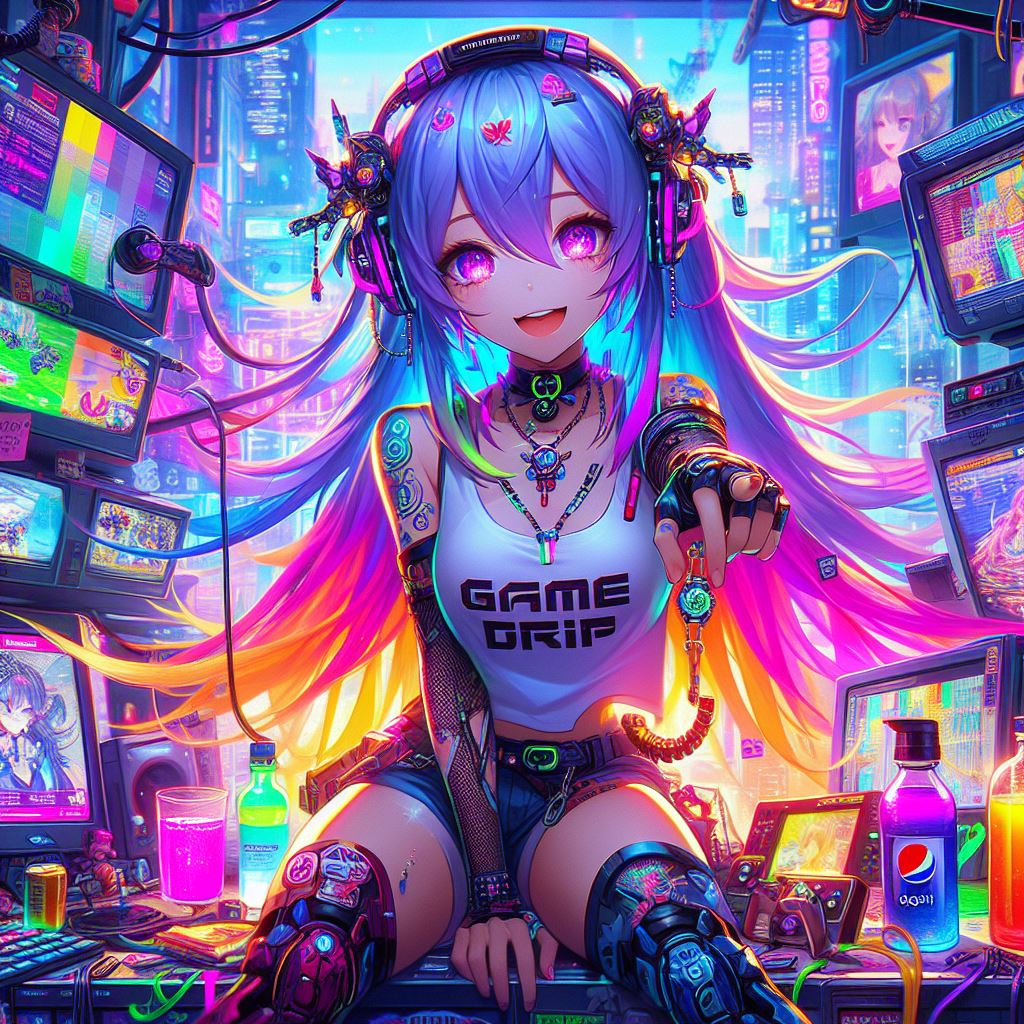As featured on Minecraft Servers Listing
#M31craft #Read #FAQ #joining
Hello! We are M31craft, a factions server with a very unique premise. We use multiple different maps and many other features that have not been seen in any servers yet***! We have the largest known spawn**, which is fully explorable, a level-up system, and a whole new trading system***! Development is almost completely transparent*, so you can see the server as it’s being built! Most maps will not have all the resources, so you will have to trade or go between them to get all the resources you need***. We will have many different types of weapons to choose from, on top of minigames***. Minecraft IP is 51.79.38.204:25588, and the discord server is discord.gg/j6gsGMU, come join us!

* Open development ends once beta starts.
** Based on egotistical claims.
*** Features coming soon.
Note: Using a VPN when joining the server will get you kicked, as VPNs are often used for malicious purposes, such as hacking, ban evasion, etc, and as such, we’ve banned their use without disclosure. If you wish to join the server with a VPN, contact an owner with your IGN and why you use your VPN, and we’ll give your account immunity. M31craft does not log anything outside of what the console logs automatically, and no information is ever shared with the public. However, we respect and understand your concerns.
FAQ (PLEASE READ BEFORE JOINING)
“Isn’t the starter kit a bit OP?”
Yes, it’s the limited time Astronaut kit. It’s for Alpha testers only for being here so early in development when we’re not trying too hard to get the server out there. Get it while you can, because it’s going away after alpha.

“What do I do?”/”Where’s the factions?”/”Where do I drop?”/”Why can’t I use /wild?”
Unlike usual factions servers that start you in the factions world, we have a semi-unique feature that has multiple different planets with different materials, terrain types, etc. You can do ‘/worldselect’, or punch a Director or Ship Pilot NPC to select which world you would like to travel to.
“How do I make money?”
There are lotteries you can try your luck at, crates you can get from voting, and chat puzzles you can earn money through, on top of /shop. In the future, we may also expand to other ways of earning money.
“Who is the owner?”/”Are you the owner?”

We have two people that both equally hold the title of Owner, AndromedaGalaxy, and myself (TriangulumAC). Neither of us has power over the other, however, AndromedaGalaxy does more with the development of the server, while I focus on interacting with the community.
“Is swearing allowed in this server?”
Yes. Swearing is 100% allowed, and even sexual topics are allowed as long as everyone in the conversation is cool with it. If you are uncomfortable with talking about such topics, tell them to stop, and if they don’t, report them.
“How do I play factions?”
I am planning on writing a guide on how to play factions properly and effectively, however, the gist of it is you build a base and you protect it. There will be more questions that are answered in this guide, so I won’t fill this FAQ up with all of them, but it will be linked here once it’s finished.
“Will Earth be added?”/”Add Earth”
Earth will most likely never be an accessible planet. Earth is already colonized, so it wouldn’t make sense to send people to colonize it. If we ever do add it, however, it wouldn’t have factions.
“How do I apply for staff?”
Check on the forums for a staff application board. If you don’t see it, chances are we’re not looking for staff at the moment, most likely because the server is too small to warrant a staff team outside of the two owners we have.
“Aren’t you a little young to run a Minecraft server?”
Yes, yes I am.
“Are there ships in this server?”
This server, while sci-fi, does not let you build or directly interact with ships. Your role is to travel to different planets and colonize them. You can build structures that look like ships or are made as ships, however, you cannot make them act as ships or interact with them as a ship.




















